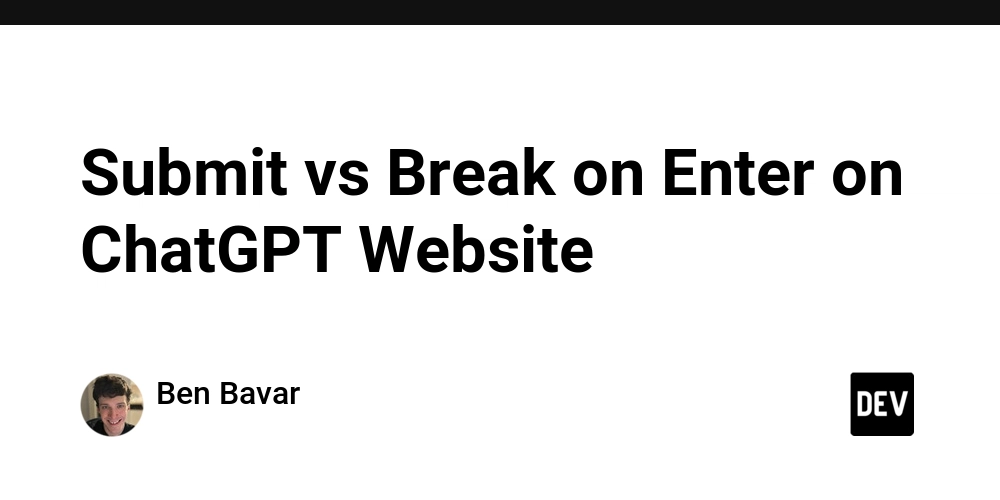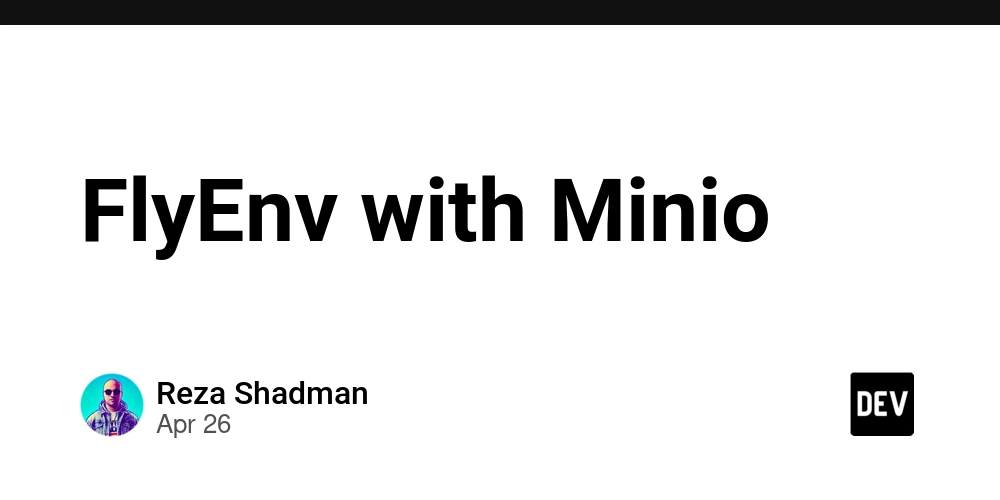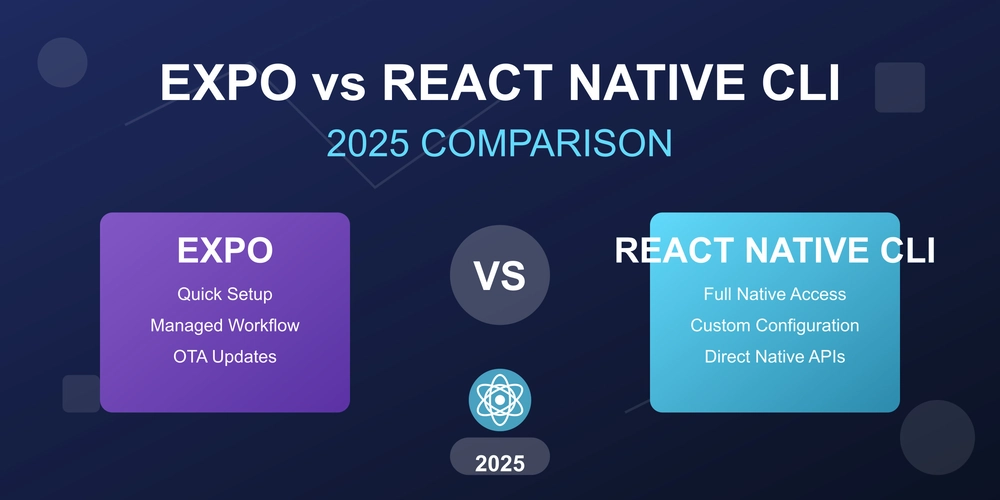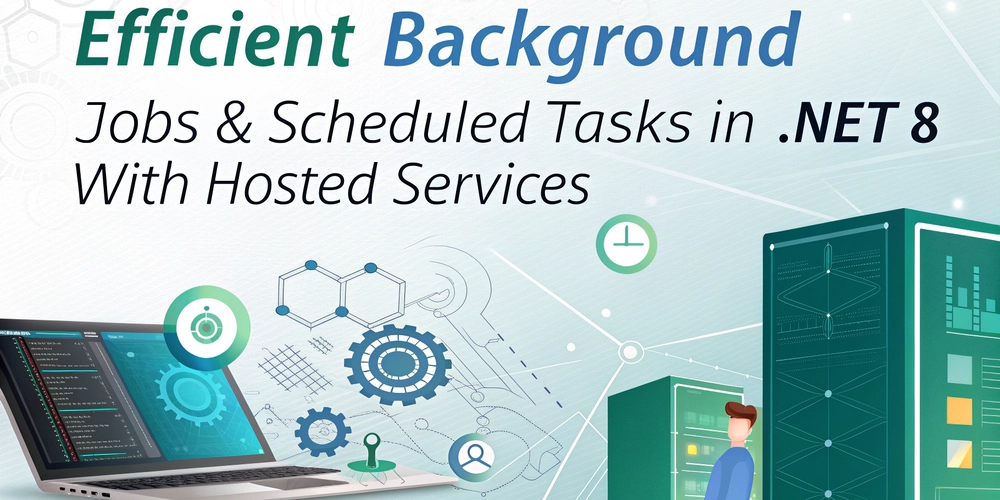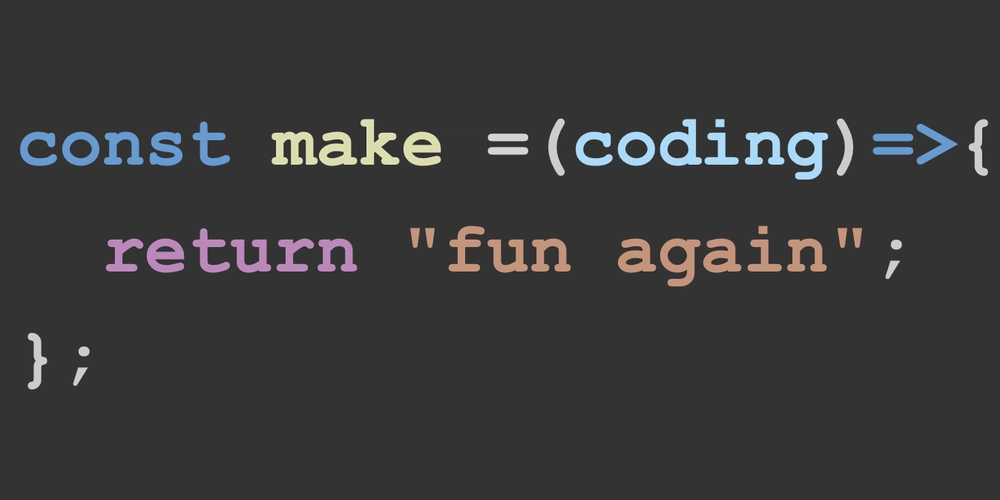
RHEL 9 Boot Stuck at GDM? Here's How to Fix It (Step-by-Step)
Are you facing the dreaded "Starting GNOME Display Manager (GDM)" freeze on your RHEL 9 system? Don't panic! This guide provides a clear, step-by-step solution to get you back up and running. Learn how to troubleshoot and resolve GDM hanging issues, even if you're not a Linux expert.
What is GNOME Display Manager (GDM) and Why Does It Matter?
The GNOME Display Manager (GDM) is your gateway to the GNOME desktop environment on Linux. Think of it as the login screen. It handles:
- Secure Login: Authenticates your username and password.
- Session Start: Launches your chosen desktop session (GNOME, etc.).
- User-Friendly Interface: Provides a graphical login experience.
When GDM hangs, you can't access your desktop. Understanding its role is the first step to fixing the issue.
Why is My RHEL 9 System Freezing at "Starting GNOME Display Manager"?
Several factors can cause GDM to hang during boot. Common culprits include:
- Incomplete Updates: Package conflicts after a
dnf update. - Graphics Driver Problems: Incompatible or faulty drivers after distro upgrades.
- Misconfigured Services: Incorrect system service settings or conflicts.
- Unsupported Session Type: Failure to launch GUI.
Troubleshooting a Frozen GDM in RHEL 9: A Practical Guide
Here's how to diagnose and fix a "Starting GNOME Display Manager" freeze in RHEL 9:
1. Access a TTY Console: Your Emergency Exit
Even when the graphical interface is stuck, you can usually access a text-based terminal.
- Press Ctrl + Alt + F2 (or F3, F4 – try them all).
- Log in using your username and password. This gives you a command-line environment to work with, even when GDM fails to launch the GUI.
2. Restart the GDM Service: The Quick Fix
Sometimes, a simple restart can resolve temporary glitches. In the TTY console, use the following command:
This attempts to restart the GNOME Display Manager service. If you get the GUI back, great! If not, proceed to the next steps.
3. Analyze GDM Logs for Clues
The system logs contain valuable information about errors. To view the GDM-specific logs, run:
Carefully examine the output for any error messages. These messages can pinpoint the cause of the problem, such as a missing dependency or a driver issue.
4. Reset GNOME Settings: A Fresh Start
Corrupted GNOME settings can sometimes cause GDM issues. To reset your GNOME settings to their defaults in the TTY/console:
Important: This will erase your GNOME customizations. After resetting, restart GDM:
5. Boot into Multi-User Mode for Deeper Diagnosis (Command Line Only)
If the graphical interface is still failing to start, booting into multi-user mode (command line only) can help.
- Reboot your system.
- During boot, access the GRUB menu (press Esc or Shift).
- Edit the boot entry by pressing 'e'.
- Add
systemd.unit=multi-user.targetto the end of the line starting withlinux. - Press Ctrl + X to boot.
This will boot your system into a command-line environment, bypassing GDM. From here, you can investigate further, update drivers, or troubleshoot without the graphical interface.
Fixing the "Unsupported Session Type" Error
If, after logging in via TTY, you see "Unsupported Session Type," it means your system isn't recognizing a graphical session.
- Check Session Type:
echo $XDG_SESSION_TYPE - If it shows
tty, then manually start display manager withstartx. - Set boot to GUI by default:
sudo systemctl set-default graphical.target
Conclusion: Getting Back to Your RHEL 9 Desktop
Troubleshooting a frozen GNOME Display Manager can be frustrating, but these steps provide a systematic approach to identifying and resolving the issue. Remember to check your system logs, verify configurations, and keep your graphics drivers updated. In this guide, we navigated the intricacies of resolving RHEL 9 boot issues stemming from a frozen GNOME Display Manager. From understanding what GDM is and common causes of it hanging, to practical troubleshooting steps, this article arms you with the knowledge to tackle this problem head-on. Always remember to consult system logs and verify your configurations to ensure a smooth and efficient troubleshooting process.


